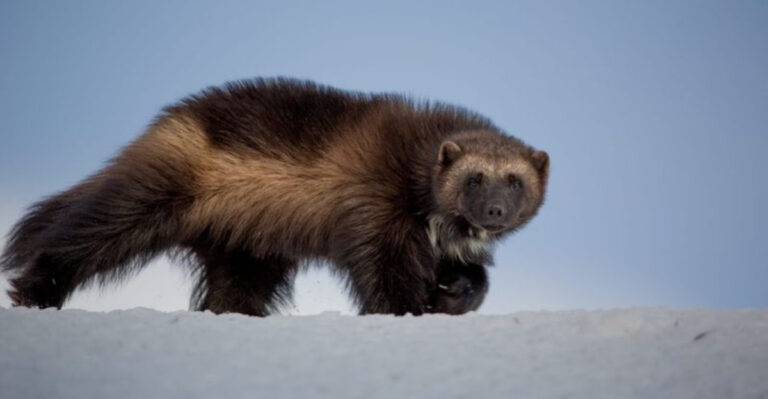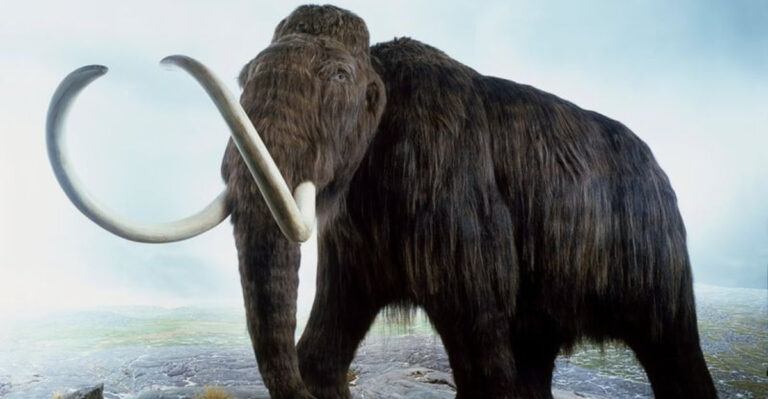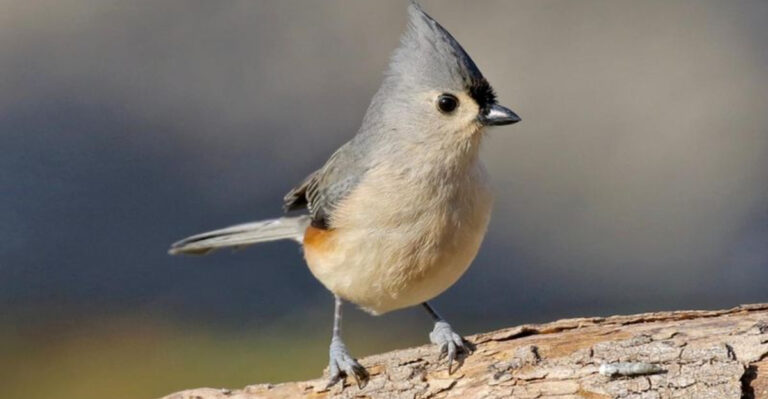The Surprising Ways Alligators Are Expanding Their Range Northward
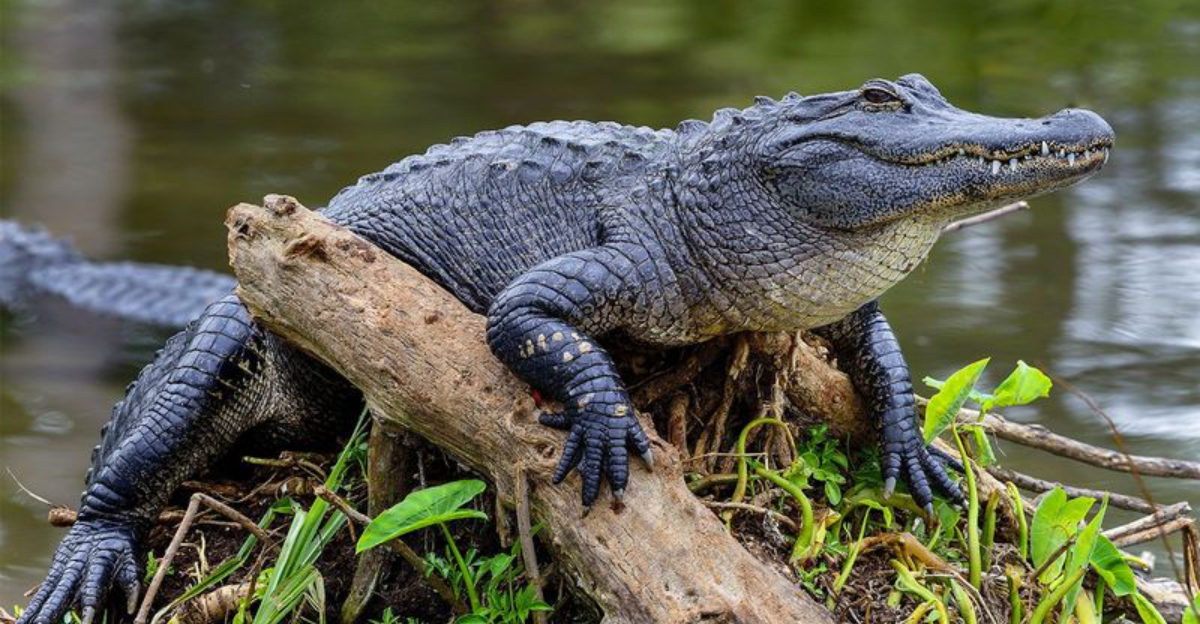
Cold-blooded creatures are on the move! American alligators, traditionally southern swamp dwellers, have been steadily pushing their territory boundaries northward in recent years. Scientists have observed these prehistoric reptiles adapting to cooler climates in ways nobody expected. The reasons behind this surprising migration reveal fascinating insights about both animal adaptation and our changing environment.
1. Climate Change Creates Cozy New Habitats

Rising global temperatures transform once-frigid northern wetlands into gator-friendly zones. These reptiles can now survive winter in areas previously too cold for their cold-blooded bodies.
Warming patterns create longer active seasons, giving alligators more time to feed, breed, and establish territories before brumation (reptile hibernation) sets in.
2. Hitchhiking On Human Transportation
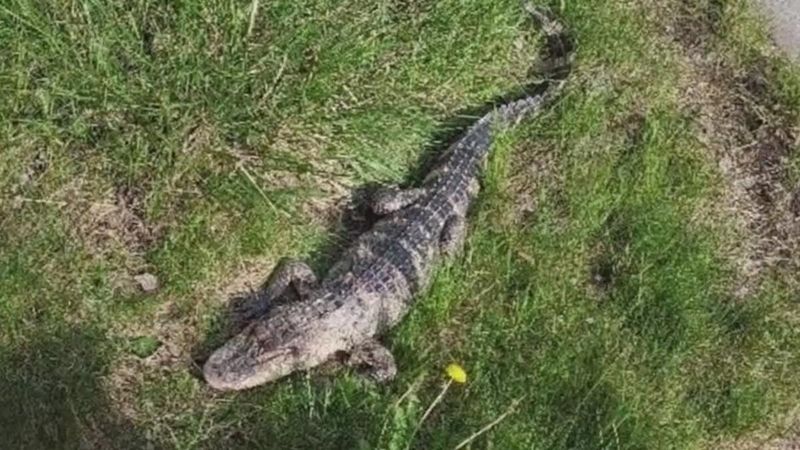
Baby alligators sometimes become accidental tourists! Shipping containers, boat trailers, and even pet transport vehicles have carried young gators to new northern locations.
Once released or escaped, these hardy reptiles can establish themselves if conditions permit. Wildlife officials regularly intercept these stowaways, but enough slip through to create new populations.
3. Abandoned Exotic Pets Find Freedom
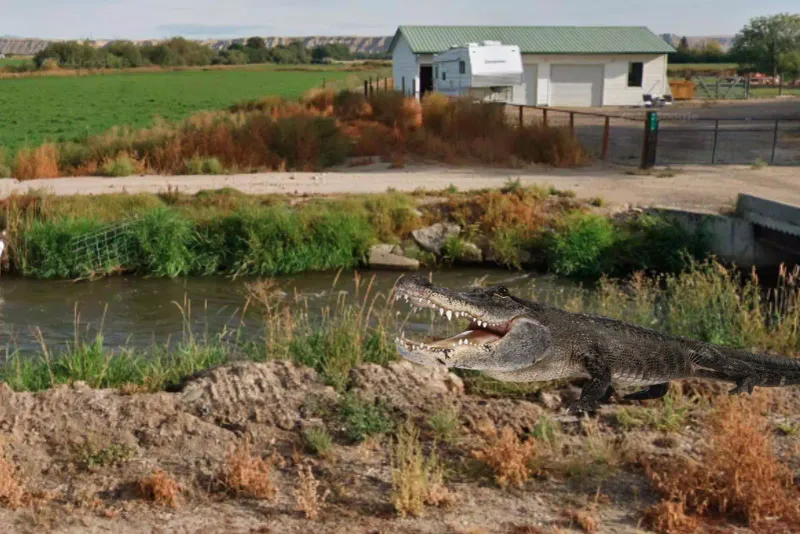
Tiny, cute baby alligators purchased as novelty pets grow into powerful adults that overwhelm unprepared owners. When released into local waterways by these owners, some survive against the odds.
Particularly hardy individuals have established themselves in surprising locations like suburban retention ponds and park lakes as far north as Pennsylvania.
4. Super-Sized Food Sources Lure Them North
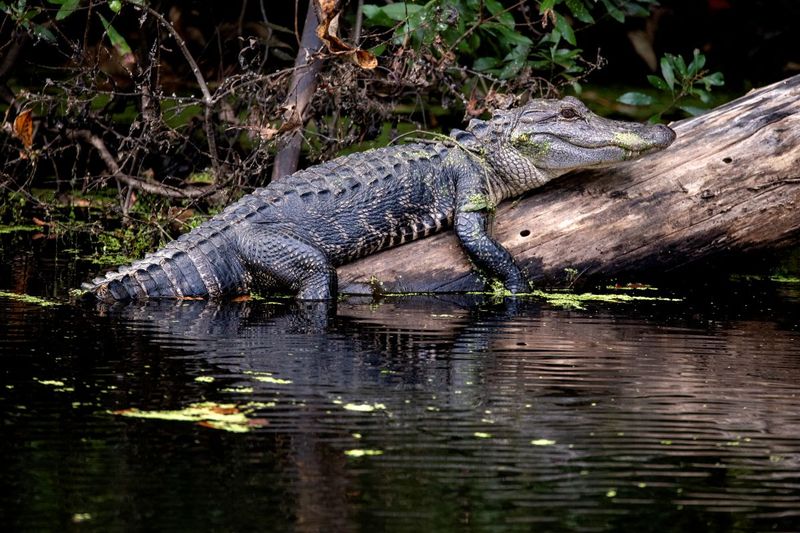
Abundant food draws ambitious gators beyond their traditional range. Agricultural runoff creates nutrient-rich waters that support larger fish populations – an all-you-can-eat buffet!
Urban areas offer additional food sources through discarded waste and even pet food left outdoors. One tagged alligator traveled over 140 miles in a single season following food availability.
5. Surprising Cold-Weather Adaptations
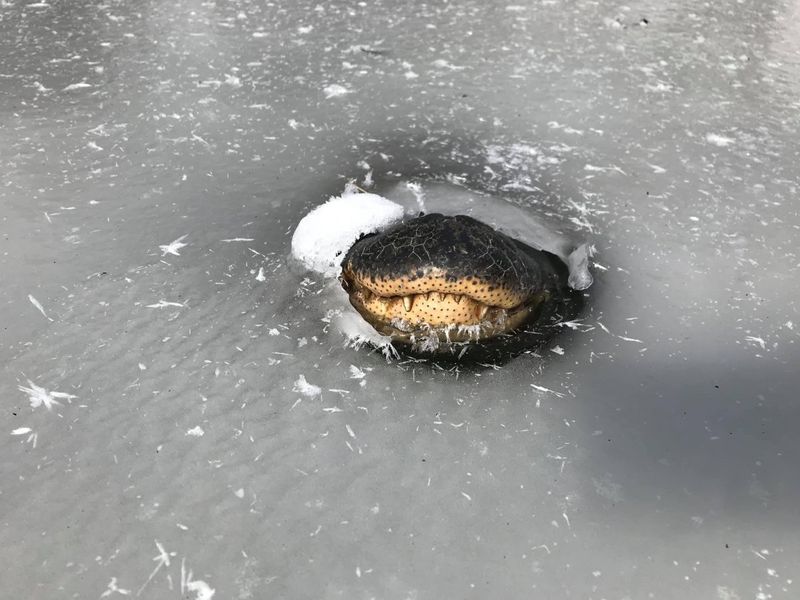
Ever seen a gator poking its snout through ice? They’ve developed a fascinating survival technique called “icing” – keeping just their nostrils above frozen water.
Their metabolism slows dramatically during cold snaps, allowing them to survive without food for months. Some northern alligators have even developed slightly thicker fat layers than their southern cousins.
6. Man-Made Warm Water Discharges Create Havens
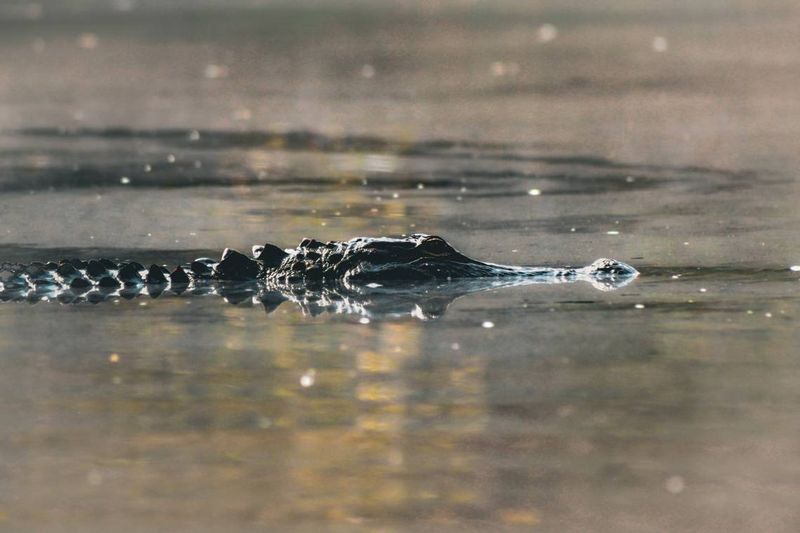
Power plants and industrial facilities discharge warm water into rivers and lakes year-round. These thermal plumes create perfect winter refuges for cold-sensitive alligators.
In South Carolina, gators cluster near nuclear plant water outlets when temperatures drop. Similar behaviors have been documented near factories in Tennessee and Kentucky, pushing their range northward.
7. Expanding Wetland Conservation Efforts
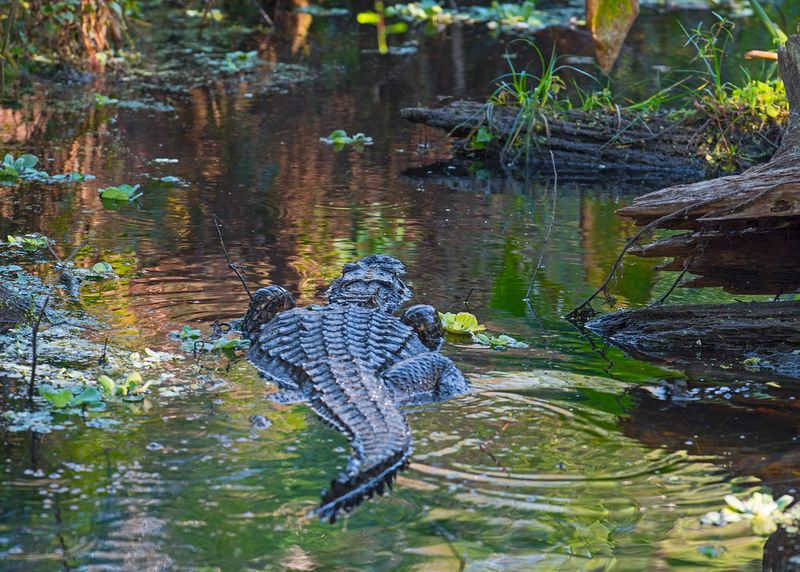
Wetland restoration projects create perfect highways for wandering reptiles. These protected corridors allow gators to travel safely between habitats that were previously disconnected.
Conservation efforts aimed at other species inadvertently benefit alligators too. Healthier ecosystems with abundant prey and reduced human interference make northern territories more viable for these opportunistic predators.
8. Fewer Natural Predators Up North
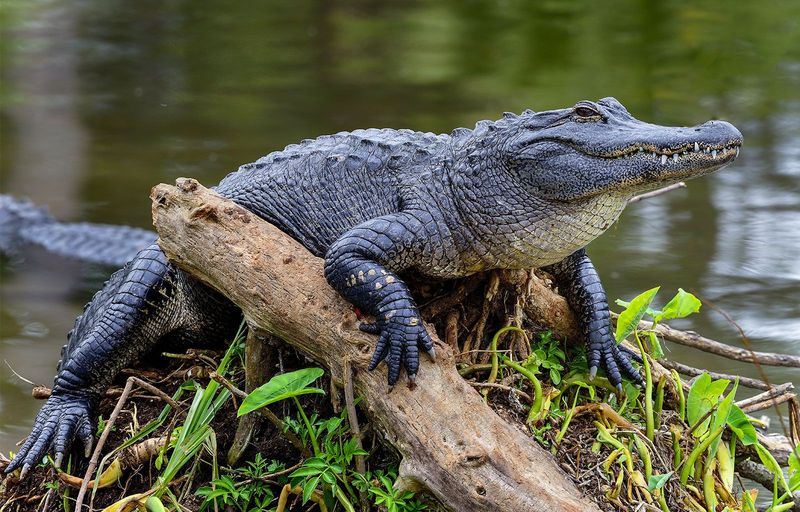
Young alligators face fewer threats in northern territories. Traditional predators like large snakes and wading birds are less common, giving baby gators better survival odds.
Human hunters also target southern populations more heavily. The reduced hunting pressure in northern states allows populations to establish and grow with less interference from their most dangerous predator – us!
9. Genetic Adaptability Surprises Scientists
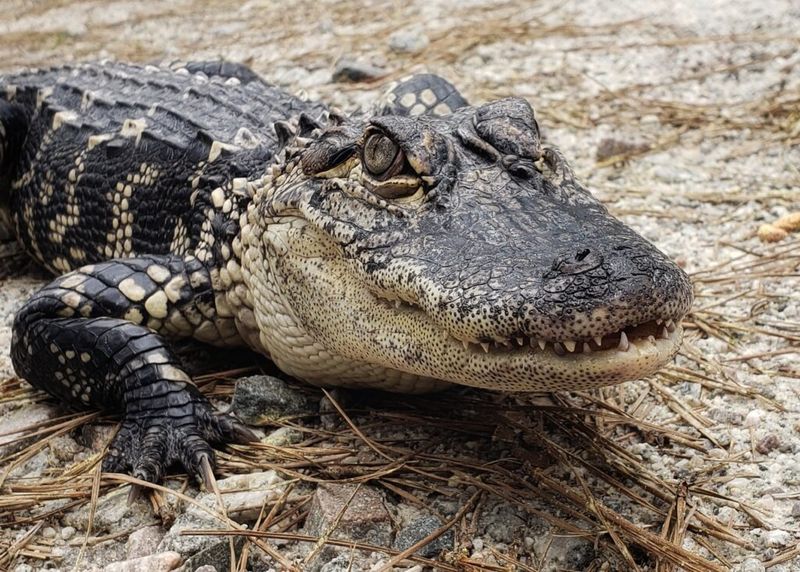
These prehistoric survivors possess remarkable genetic flexibility! Research shows northern alligator populations develop genetic adaptations within just a few generations.
Changes in their DNA affect metabolism, breeding timing, and cold tolerance. One study found northern gators can remain active in water temperatures that would send their southern relatives into brumation.
10. River System Highways Provide Easy Access
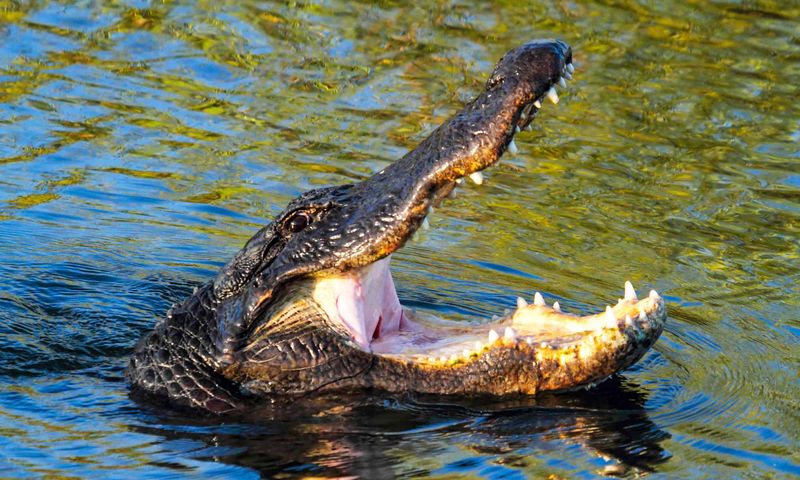
Connected waterways serve as natural migration routes for exploratory alligators. Major river systems like the Mississippi create uninterrupted pathways from the Gulf Coast to the Midwest.
Juvenile males, especially during mating season, can travel over 20 miles in a single day. This natural dispersal behavior, combined with interconnected waterways, allows alligators to steadily expand their territory northward.
11. Urban Heat Islands Offer Winter Refuges
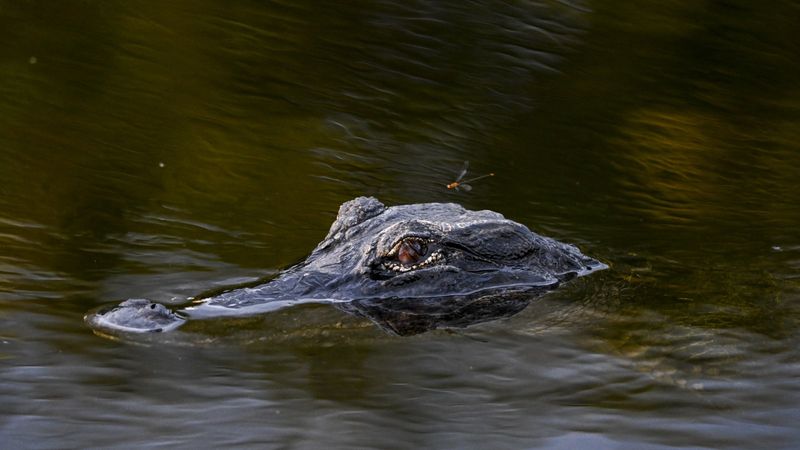
Cities trap heat, creating microclimate bubbles that can be 5-15°F warmer than surrounding rural areas. These urban heat islands provide critical winter warmth for cold-sensitive reptiles.
Alligators have been spotted in urban drainage systems, retention ponds, and even golf course water hazards much farther north than expected. The extra few degrees make survival possible where it once wasn’t.
12. Reduced Hunting Pressure Opens New Territories

Strict hunting regulations in northern states create safe zones for pioneering alligators. Unlike southern states with established alligator hunting seasons, northern areas often have no management plans for these unexpected residents.
The absence of population control measures allows small groups to establish and grow. By the time wildlife officials develop management strategies, alligators have already claimed new territory.
13. Surprising Hibernation Adaptations
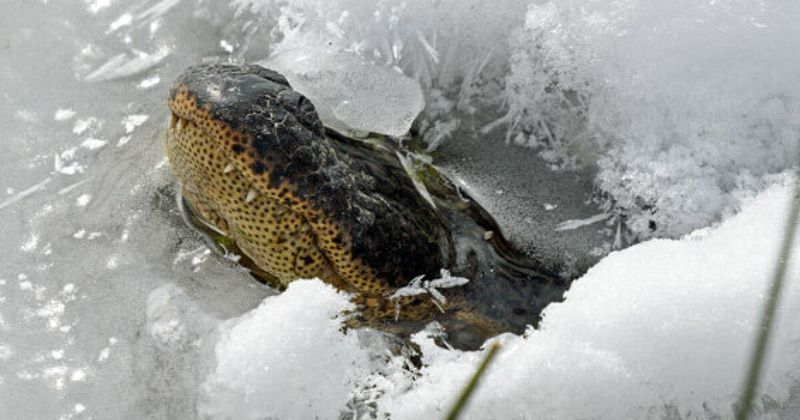
Freeze-resistant reptiles? You bet! Northern alligators have developed improved brumation techniques, creating deeper mud chambers that insulate against freezing temperatures.
They’ve also shown ability to survive longer periods without oxygen when ice-covered. Researchers documented alligators in North Carolina remaining underwater for over four months during particularly cold winters – far longer than their Florida relatives could manage.
14. Decreasing Public Fear Increases Tolerance
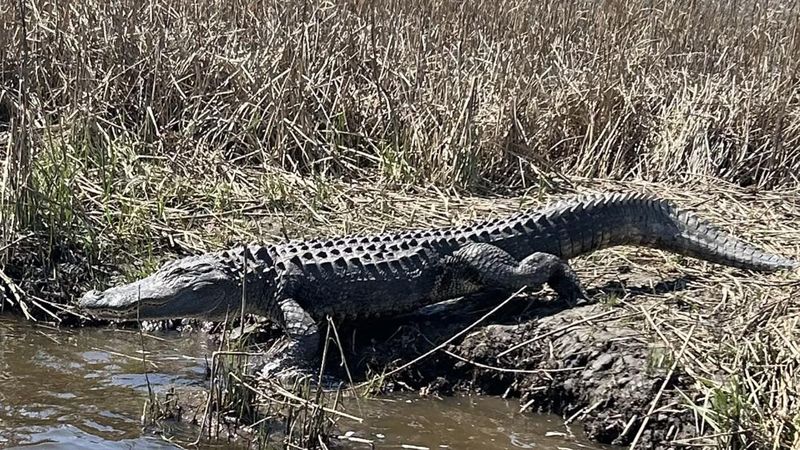
Public education campaigns transform perception of these misunderstood reptiles. Northern communities once alarmed by alligator sightings now often view them as fascinating ecological indicators.
Wildlife departments report increasing calls from residents concerned for alligators’ welfare rather than requesting removal. This shifting attitude creates more hospitable social environments for alligators establishing in new territories.



